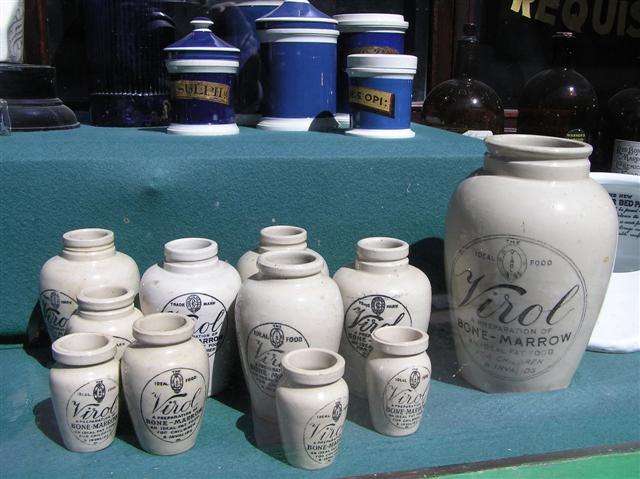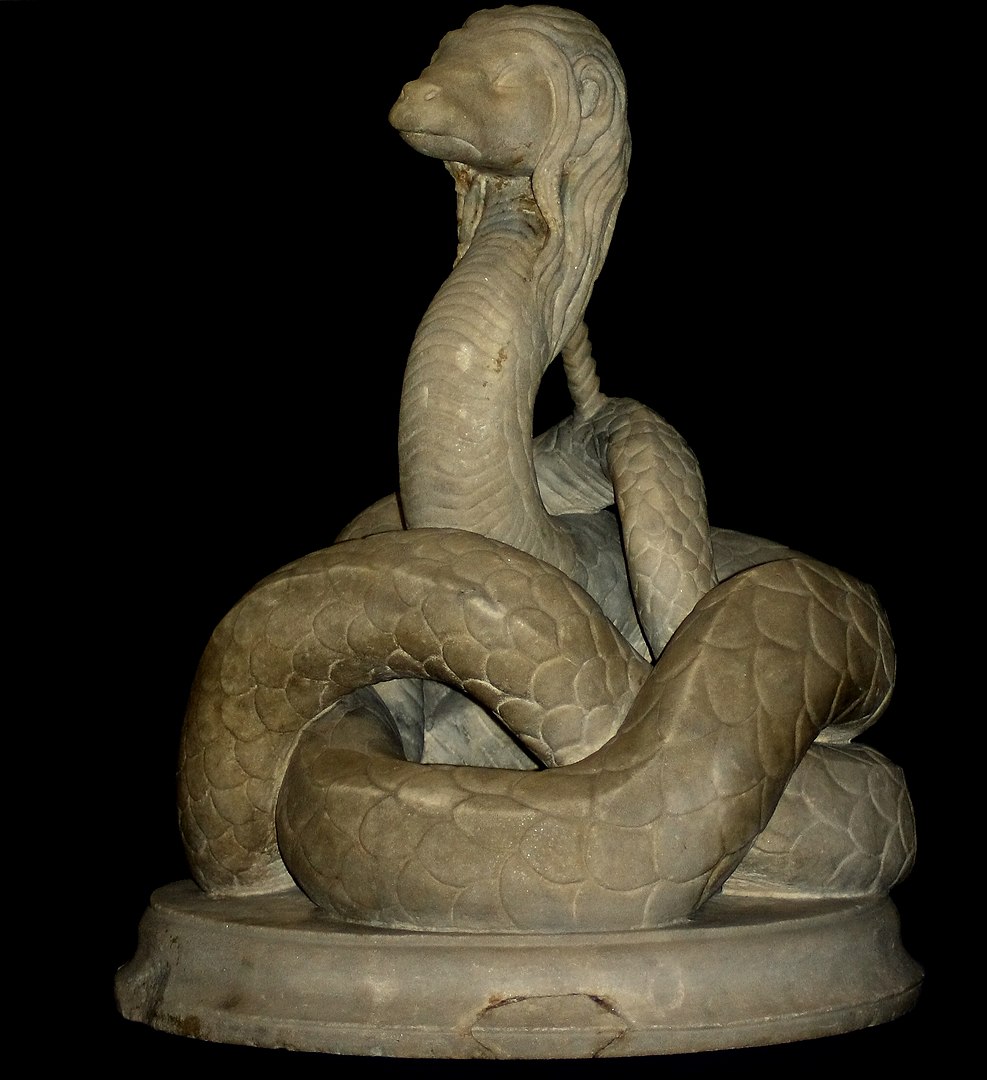In 2021, Falkirk Community Trust collaborated with Archaeology Scotland to hold the Big Dig Archaeology Festival in Milton Row, Denny, Falkirk. Our volunteers made a few exciting finds during the excavations…
The Milton Row dig at Dunipace saw us finding a variety of different historic objects from the daily lives of the inhabitants of Milton Row. From pieces of somebody’s best dinner plate to colourful water jugs, from leather shoes to medicine bottles. Some of the more interesting pieces we found were a variety of different marbles. We found marbles made of clay and glass, some were very plain while some were quite decorative. What were these marbles doing here and what was their purpose?
We may think of marbles today as a relatively modern invention created for the purposes of children’s play. Indeed, the glass machine-made marbles we find in toy shops today were, in fact, first made in Germany in 1890 (Arizona Historical Society, 2020). However, marbles have been found in association with ancient Egyptian tombs, dating as far back as 3000 BCE (Arizona Historical Society, 2020). They have also been found in association with Native American burial grounds and ancient Aztec pyramids (Arizona Historical Society, 2020). These marbles were most predominantly made of clay and stone (National Museum Wales, 2018). This suggests that that we have been playing with marbles for thousands of years.
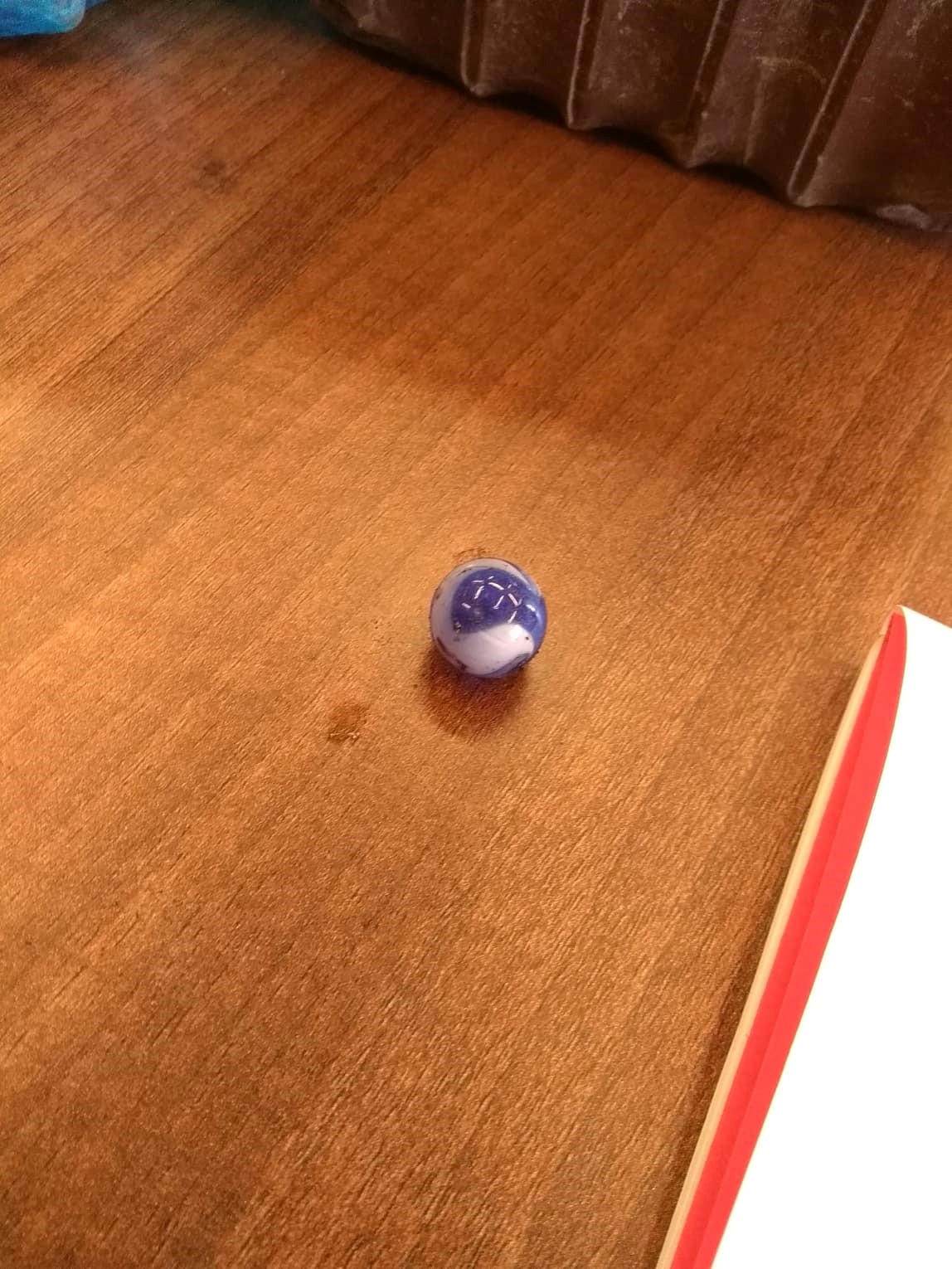

While the marbles we found at Milton Row are nowhere near as old as the ones found in association with ancient Egypt, they do offer an interesting insight into the lives of the inhabitants of the houses on Milton Row. Most of those we found were brown clay marbles. The reason we found so many of these was because they were associated with kettles. Yes, Kettles! During the period of occupation of the site, between 1830 and 1930, clay marbles were used in kettles to prevent lime scale build up. This is what we believe these clay marbles were used for. In fact, we found a white clay marble with small circles around its circumference. The small circles are likely evidence of the marble settling at the bottom of a kettle after being boiled. Unfortunately, this marble was stolen while on display at the Big Dig. The irony of having lost a marble while on display to tell people about locals in the past losing their marbles, has not escaped me.
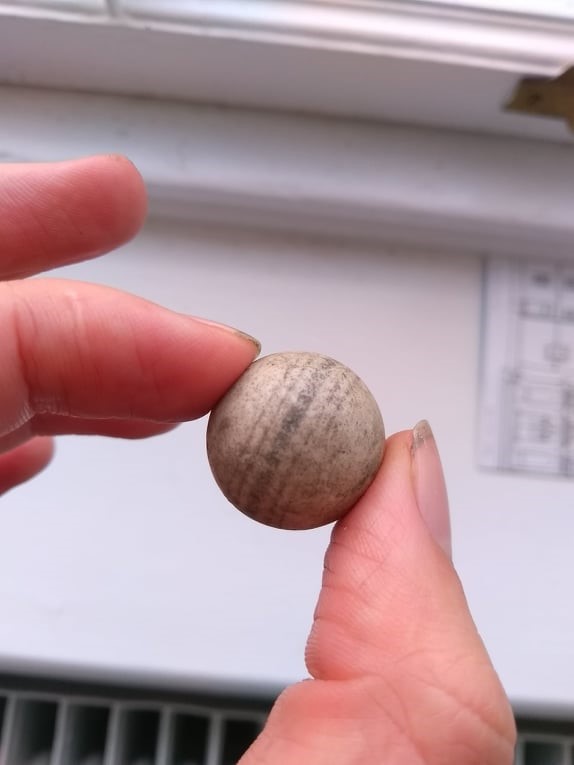

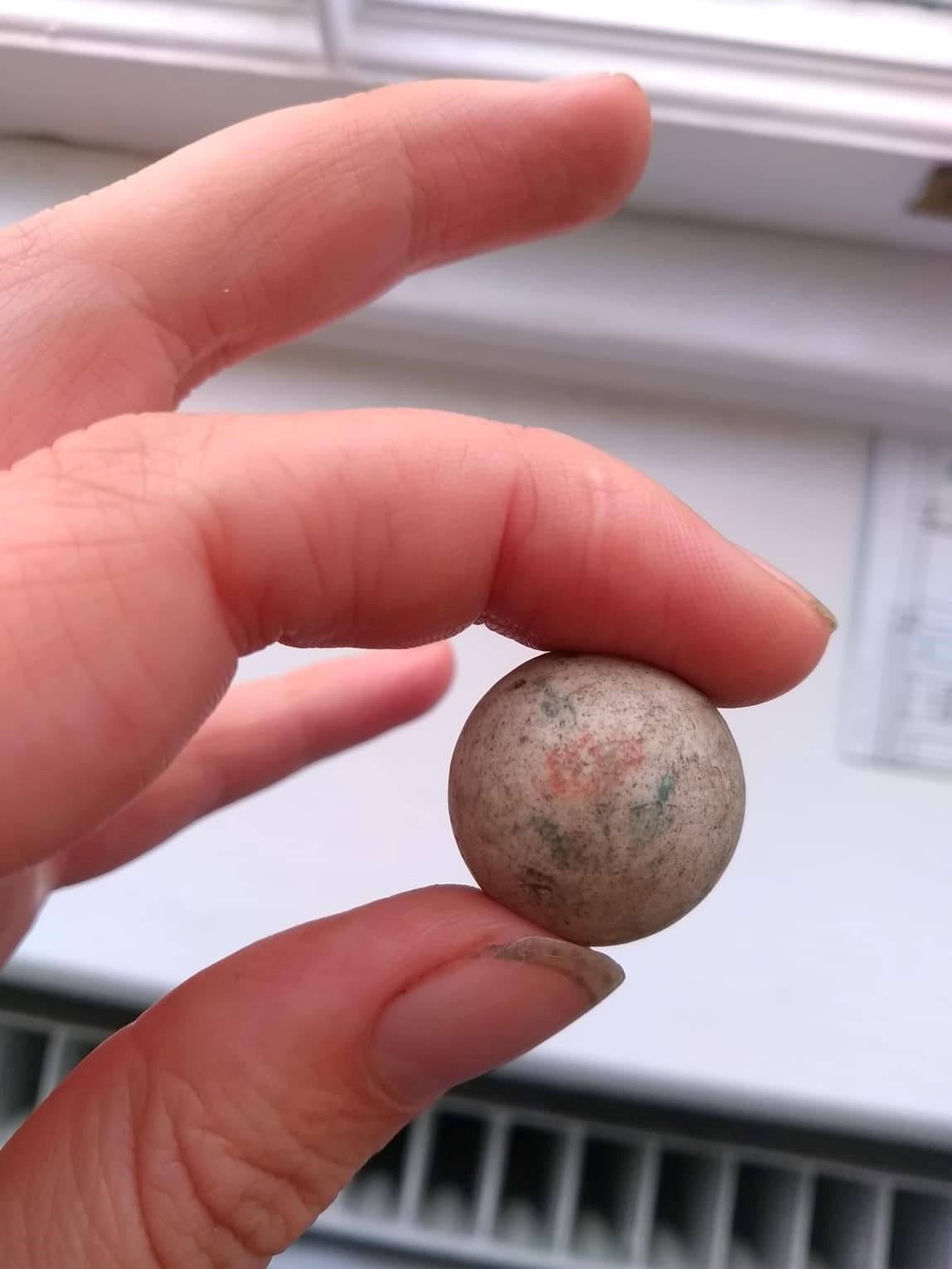

It is likely that these were later claimed by children as playing marbles. We also found several glass marbles and a rather unique clay marble. These were almost certainly primarily playing marbles. The most interesting and significant marble we found was a clay marble decorated with two roses on either side with five black lines that run along the circumference of the marble. This marble was found in a layer also associated with an American coin dating to the 1880s and a penny dating to 1905. It was found in the room, believed to be the bedroom, of an excavated building.
This particular marble was almost certainly a playing or collector’s piece. While we know very little about where it came from and who it belonged to, it is interesting to imagine its origins and provenance. It is possible that both the coins and the marbles fell between cracks and holes in the floorboards, during occupation of the site, sometime in the early twentieth century. You could say that the inhabitants lost their marbles.
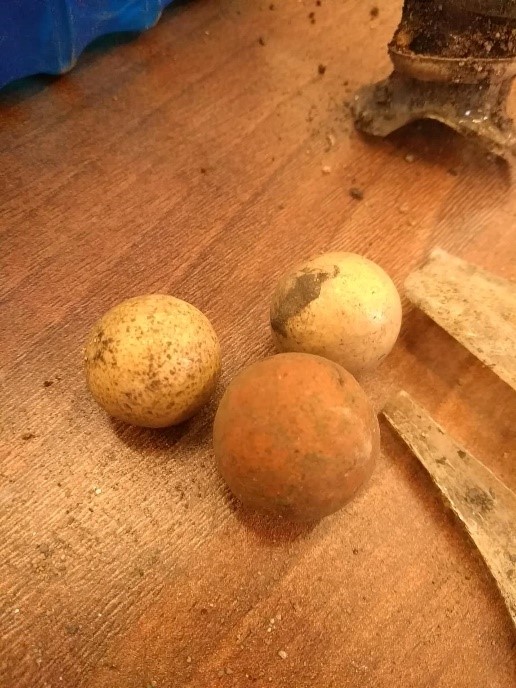

In the grand scheme of things the lost marbles of Milton Row don’t tell us much about the site. However they provide a small insight into the lives of the people who lived here. Perhaps, children loved to play marbles on the floorboards here or perhaps an avid collector of marbles lived in the house. We will never know for sure but the marbles we found play a small role in bringing the people who lived at Milton Row back to life.
By Isabelle Middleton, Big Dig and Dig to Display volunteer.
You can learn more about games children played in falkirk over the years here.
